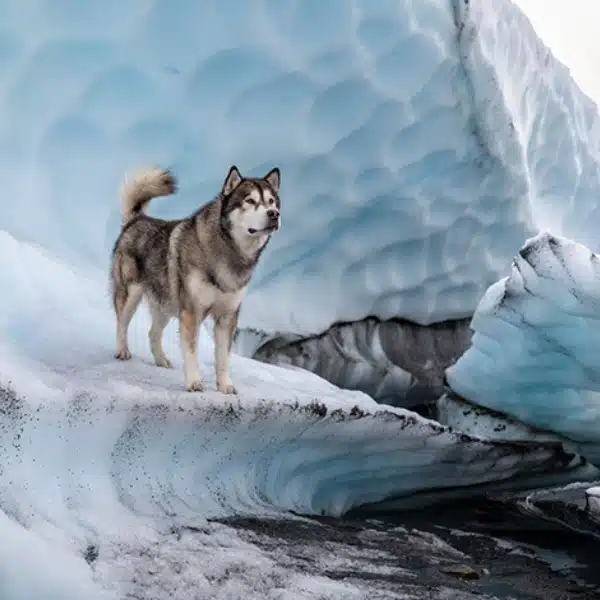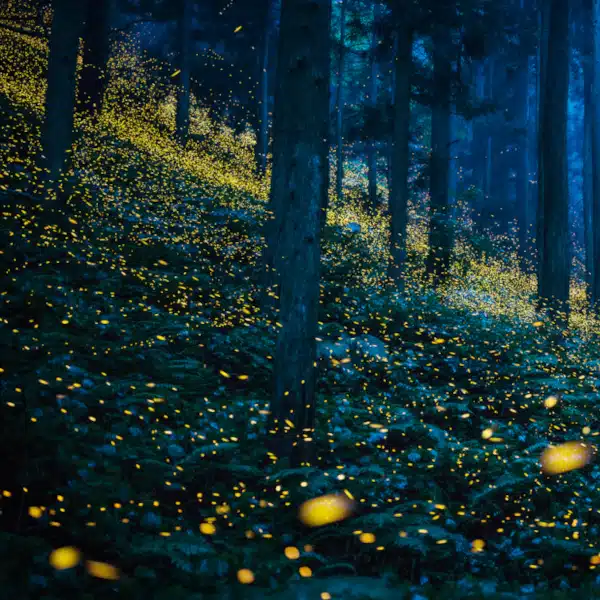
Professional landscape photographer Anton Gorlin loves to share his tips and tricks for capturing all environments. From sunrises to seascapes, his guides give clear guidance on how you can elevate your own photography. His newest guide is an intriguing look at how to best photograph desert landscapes. These arid environments, which account for one-third of the Earth's land surface, give photographers an incredible opportunity to express their creativity.
While we often think of deserts as sandy landscapes, the truth is that there are a wide variety of environments that qualify as deserts. This includes subtropical deserts like the Sahara, but also polar deserts, cold winter deserts, and cool coastal deserts. Each has its own beauty, requires unique preparation, and provides different results in the final photographs.
Gorlin's guide to desert photography is a step-by-step look at everything a photographer needs to know when working in this environment. From pre-arrival preparation to special gear considerations to creative ideas for how to get the most out of the desert, it's packed with information. Read on for some of his tips and tricks for taking incredible pictures of the desert and head over to his blog for the full guide.
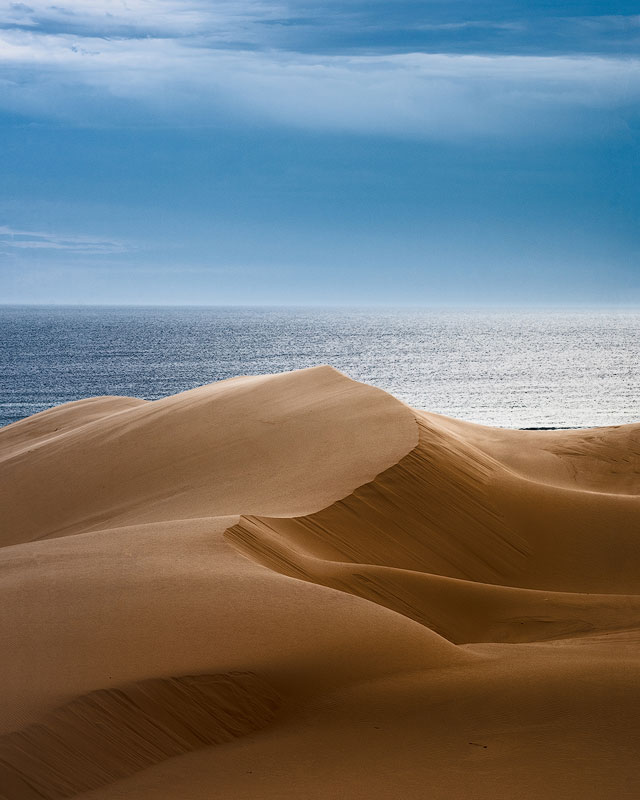
How to prepare for a visit to the desert
Deserts can be incredible places to visit, but by nature, they are isolated environments. This makes it of paramount importance to prepare yourself ahead of time and take proper safety precautions. This includes looking up the type of wildlife you might encounter and how to handle the situation, as well as researching the weather. As Gorlin points out, “In Death Valley, the temperature can reach 57C [135F], which is beyond good and evil. Therefore, do research beforehand to get monthly average temperatures.”
Gorlin's pre-trip checklist of desert essentials includes:
- Hat, sunglasses, and sunscreen
- A neck scarf that you can wet to cool down
- Proper footwear based on the terrain
- Plenty of water
- Long sleeve clothing to protect you from the sun
- Apples to keep hydrated


Gear considerations for photographing desert landscapes
Aside from the typical gear that any landscape photographer would bring into the field, there are some special considerations when talking about the desert. Wind and sand don't mesh well with cameras and lenses, so Gorlin has a few special items he suggests to keep your gear safe.
- Compressed air to blow sand out of the tripod or other places that are hard to reach
- A Lenspen to ensure that you can get granules of sand out of small areas of your camera
- A cover for your lens body to block it from flying sand.
- An umbrella or rain jacket to cut down on tripod shake due to high winds
In terms of lenses, variety is key. “In a desert, you can create perfect images using any lens,” Gorlin advises. “Sometimes wide-angle works best for the desert landscape–when you have some interesting patterns or structures. On other days, wide-angle is useless, and telephoto is your best bet. And you can’t substitute one with another; they are all different.”

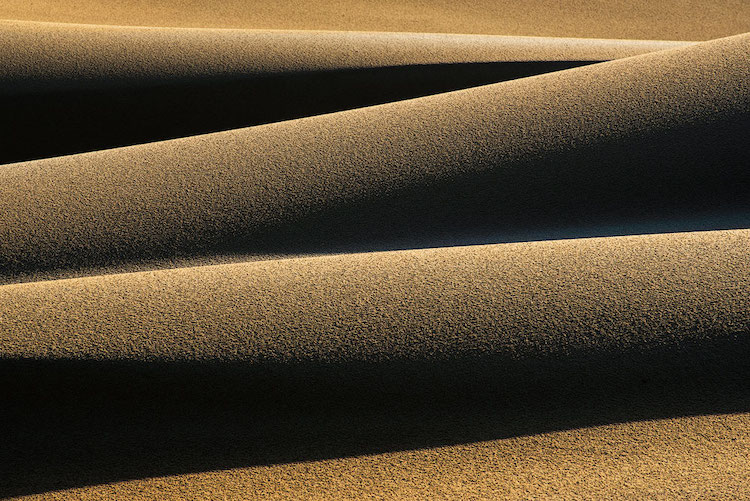
Creative ideas for pictures of the desert
There is no shortage of creative imagery that can come out of the desert. Whether you're taking wide-angle panoramas of the landscape or close up abstract details of the dunes, the possibilities are endless. Go in with an open mind and experiment with all types of compositions. You might be surprised with what you come back with.
Aren't sure where to start? Here is Gorlin's suggested list of things to photograph in the desert.
- Sand patterns
- Lone dunes
- Dead trees
- Grass and wildflowers
- Dune patterns
- Mirage
- Abstract geometry
- The wind
- Terrain contrast
Another tip is to look for elements in the desert, whether it's animal tracks or dying plants, and use these things to help you tell a story with your photographs.
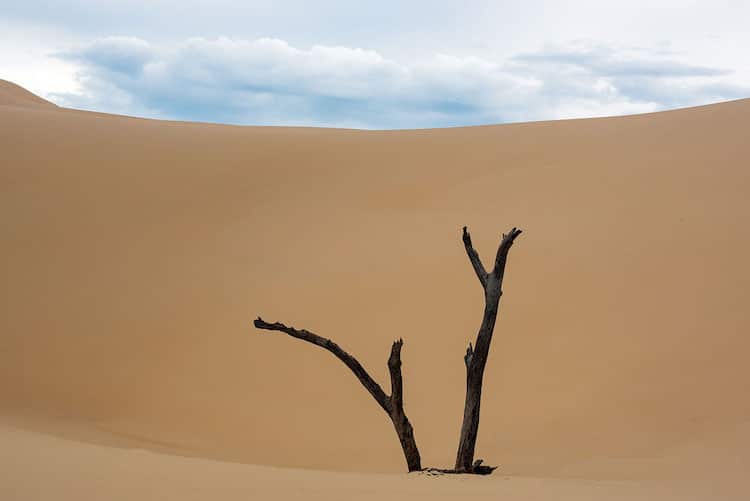


How to use light in desert photography
Timing and lighting is always an important consideration in landscape photography. This is particularly true of the desert, where timing can make a big difference in your photographs. For Gorlin, unless the stars are so bright they illuminate the sand or you are doing astrophotography, the best time to take pictures in the desert is between sunrise and just after sunset. This is when skylight brings out the best textures of the desert, which creates visual interest in the pictures.
However, the desert is a great place for astrophotography. As Gorlin points out, there's no light pollution in the desert, which allows for magnificent views of the stars as long as the sky is clear. To get the best out of the desert at night, as the dunes can appear flat without a light source, he suggests finding a good spot with prominent lines that align with the Milky Way.
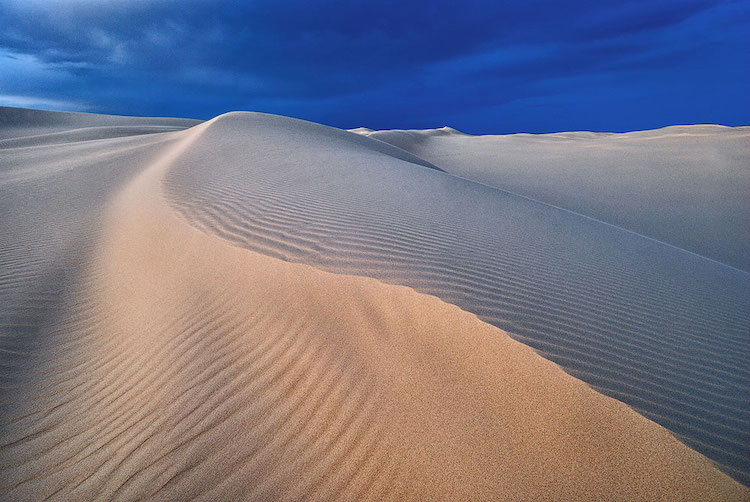
Good editing skills are needed if you want to make the most out of photographing the desert during the blue hour—the period of twilight in the morning or evening. “The contrast is very low, and everything looks flat. Of course, there is some skylight, but it’s not enough to bring out all the textures. The photos will need some serious editing to reveal all the patterns and structures.” Another workaround suggested by Gorlin is to shoot in black and white during this time, as it's easier to work with the contrast in post-production to reveal what you're looking for.
Instead, Gorlin prefers photographing the desert during the golden hour, which is the period of daytime shortly after sunrise or before sunset. “The surface is not level and every dune or hump creates a shadow, and these shadows start moving as the Sun goes higher. Sometimes the pattern you find perfect lasts for mere seconds, so be quick.”
During the daytime, you may miss the incredible shadows of the golden hour, but you'll still have plenty to play with. The dunes themselves will cast shadows at any time of day due to their shape and you can also get photographs with incredibly vibrant colors.

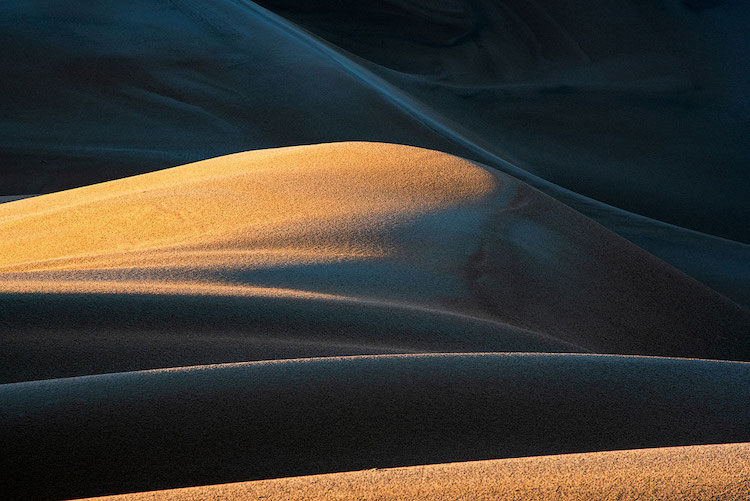
LEARN MORE ABOUT PHOTOGRAPHING TH DESERT AND GET ADDITIONAL TRICKS AND TIPS IN ANTON GORLIN’S FULL GUIDE.
Anton Gorlin: Website | Instagram | Blog
My Modern Met granted permission to use photos by Anton Gorlin.
Related Articles:
Tips From a Professional Photographer: How to Create the Perfect Composition
Professional Photographer Shares Tips for Capturing the Perfect Seascape
Tips From a Professional Photographer: How to Capture the Perfect Sunrise
Professional Photographer Reveals the Patience Needed to Take the Perfect Photo
Interview: Professional Photographer Shows Why Light Is Essential in Landscape Photography



















































































